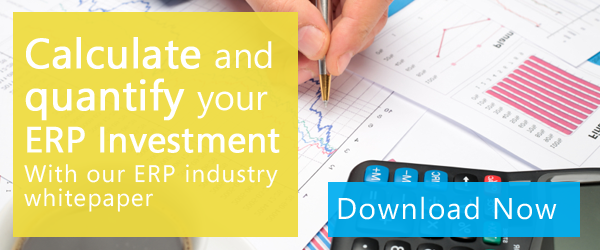Achieve High ROIs by Meeting Inventory Demand
At a high level, modern inventory planning systems work by rationalizing stock keeping units, shortly referred to as SKUs. These SKUs are a code, or unique identifier that refer to each inventory item, helping you distinguish a particular product from the rest of your inventory. By having this tracking system in place, you can not only tie each unit to finished goods, but also begin collecting data to predict supply and demand in the future.
The following briefly explains how an inventory planning software solution can cut down on capacity and efficiently reinvent the way you do business:
- Eliminate redundancy by merging different identifiers conferred to inventory items that have identical characteristics with a unique code. If you have two or three inventory items with identical features, for instance, you can give them each a unique identifier that groups them under the same category even if they’re produced by different manufacturers. By lowering the number of SKUs, you can keep track of inventory easier, reduce acquisitions and associated costs, and ultimately, increase ROI.
- Distinguish specific activity-based costs for each SKU. You can use this software to divide inventory items into three distinct groups: items with selling prices that create substantial gross margin; items with selling prices that cover production/purchasing costs; and items with selling prices that don’t cover production/purchasing costs. This way, you can identify the inventory items that bring high and constant profit.
- Improve inventory performance by using values (inventory dollars) instead of quantities. Working with values, inventory planning software can dynamically calculate costs, revise safety stocks, and help you order quantities consistent with current demand. This allows you to reduce inventory levels, while meeting the expectations of your customers. Furthermore, the system can help you increase inventory turnover ratio to make the most out of a profit-volume strategy. As a result, you’ll be able to increase your working capital.
- Free up cash invested in slow-moving inventory items. With the help of the inventory planning software, you’re able to distinguish the items you need to get rid of in order to free up more cash for new investment opportunities that will increase your bottom line. To eliminate certain items from your inventory, opt for specific marketing strategies, such as special offers, free gifts, and donations.
- Manage warehouse costs efficiently. Since everything in your warehouse incurs some costs, using your storage space to store goods for a long time can increase business expenses substantially. An inventory planning system can be set up to notify you when specific items are ready for delivery, enabling you to use the storehouse exactly for what it was developed; namely, to make your products available to consumers.
- Share data with suppliers and customers so that they know what you can source, what you have available, where products are, and when you can deliver them. Using such software not only makes your business attractive to customers and suppliers, it also creates revenue by reducing storage costs.
- Predict future trends based on real-time demands. These days, inventory planning software products turn into business intelligence solutions that provide an added level of control and visibility, permitting you to make accurate predictions based on the information you exchange with your business partners both up and downstream.
- Prioritize cost reduction. You can use inventory planning software to create a dashboard view of your expenses. Being aware of where your costs lie plays a critical role in increasing your profit margin.
In conclusion, the latest inventory planning software solutions deliver the most complex and efficient tools you can begin using today to turn write-offs into ROIs.
 How Inventory Planning Software Can Turn Write-Offs into ROI's">
How Inventory Planning Software Can Turn Write-Offs into ROI's">
